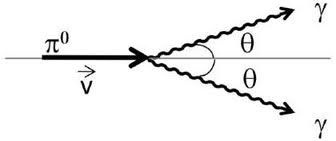When a glass rod is rubbed with silk then a positive charge appears on the rod, experiments show that a corresponding negative charge appears on the silk. This suggests that rubbing does not create charge but merely transfers it from one body to the other slightly disturbing the electrical neutrality of each.

Hypothesis of conservation of charge has come after very careful observation of charge on both small and large scale experiments and the charge is always observed to be conserved.
An interesting example of conservation of charge is observed when an electron(q = +e) and a positron (q = -e) (it is a particle of same size as that of electron, carrying equal and opposite charge as that of electron.) comes close to each other. When this happens then both the particles disappear and all their rest energy is converted to radiant energy and two gamma rays are emitted in opposite direction. The net charge is equal to zero before and after the event. Hence charge is conserved in this case.

Certain uncharged particles, such as neutral meson, when allowed to decay electromagnetically, they disintegrate into gamma rays. This decay conserves i.e the charge is equal to zero before and after the decay.

Another example is of conservation of charge is the decay of a neutron which gives a proton (q = +e), an electron (q = -e) and a neutral particle, a neutrino (q = 0), and hence the charge is conserved. The decay of electron into gamma rays and neutrino is forbidden, since it voilates the principle of conservation of charge. Attempts to observe this decay have never been successful.



